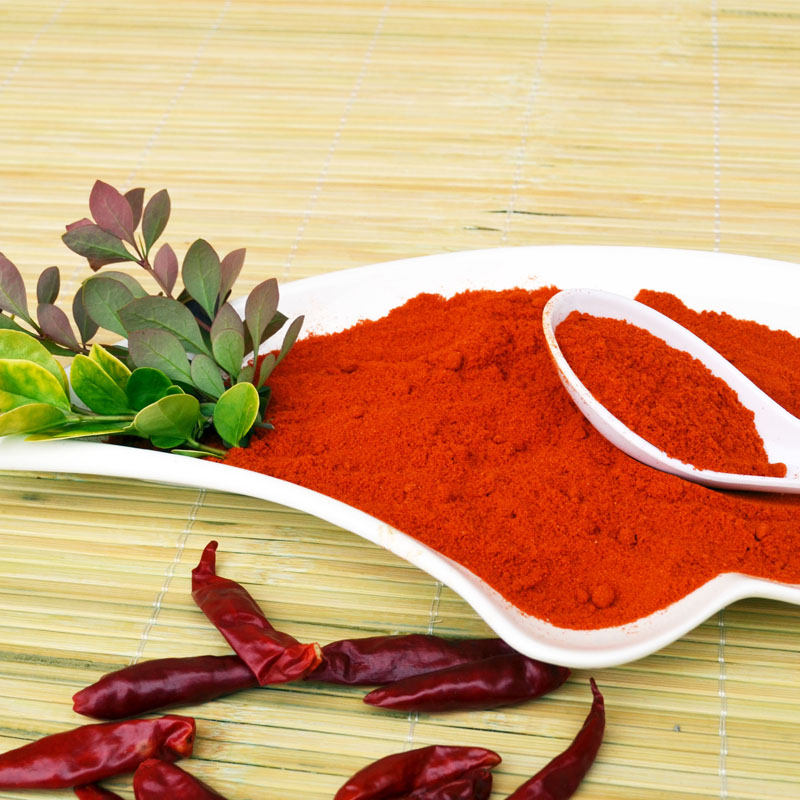- No. 268 Xianghe Street, Economic Development Zone of Xingtai city, Hebei 054001 China
- Byron@hbhongri.cn
Exploring the Versatility and Benefits of Red Pepper Powder in Cooking
The Vibrant World of Red Pepper Powder A Culinary Masterpiece
Red pepper powder, a beloved spice in kitchens around the globe, is derived from dried red peppers, specifically from varieties like cayenne, paprika, or chili. Its bright color and intense flavor make it an essential ingredient in numerous culinary traditions, enhancing dishes not only with heat but also with a rich depth of flavor. This versatile powder is more than just a spice; it's a key element that brings various cuisines to life.
Origins and Varieties
The origins of red pepper powder can be traced back to the Americas, where indigenous peoples first cultivated chili peppers thousands of years ago. After the Columbian Exchange, these peppers spread to Europe, Asia, and Africa, spawning a multitude of regional varieties and culinary uses. Today, there are numerous types of red pepper powders, each with its own unique flavor profile and heat level. For instance, cayenne pepper is known for its intense heat, while paprika offers a mild sweetness with smoky undertones that varies based on its processing method.
Paprika is traditionally associated with Hungarian cooking, where it plays a pivotal role in dishes like goulash. On the other hand, Asian cuisines frequently utilize chili powders to add a kick to stir-fries, soups, and sauces. This diversity illustrates why red pepper powder has become a staple in households worldwide, transcending cultural boundaries.
Culinary Uses
Red pepper powder is incredibly versatile, functioning as both a seasoning and a coloring agent. In Indian cuisine, it is common to find red chili powder used in curries, lentil dishes, and spice blends like garam masala. In Latin American cooking, it enhances the flavor of tacos, enchiladas, and salsas. Even in Mediterranean dishes, red pepper powder can be found sprinkled atop hummus or incorporated into stews, enhancing the overall flavor while also providing a burst of color.
Additionally, red pepper powder serves various purposes beyond simply adding heat. It can balance richness in fatty meats, enhance the umami flavor in vegetables, and add an appealing visual contrast to a dish. For those who are health-conscious, red pepper powder is also celebrated for its potential health benefits. It contains capsaicin, a compound known for its anti-inflammatory properties and ability to boost metabolism.
red pepper powder

Storage and Preservation
To maintain its vibrant color and flavor, storing red pepper powder properly is crucial. It should be kept in an airtight container, away from light, heat, and moisture, which can cause it to lose potency over time. When stored correctly, red pepper powder can last for several months to a year, depending on its type and quality. To maximize freshness, consider purchasing smaller quantities or opting for whole dried peppers and grinding them yourself as needed.
A Global Phenomenon
In recent years, the popularity of red pepper powder has surged, thanks to the rise of global cuisine and the increasing interest in spicy foods. Social media platforms and cooking shows have introduced the bold flavors of spicy dishes to a wider audience, encouraging experimentation with different varieties of red pepper powder.
For those looking to explore new culinary horizons, incorporating red pepper powder into everyday cooking can lead to delightful discoveries. From sprinkling it on roasted vegetables to blending it into marinades or sauces, this vibrant spice invites creativity and flavor into any dish.
Conclusion
Red pepper powder is more than just a spice; it is a vibrant testament to the rich tapestry of global cuisine. Its diverse flavors and versatility make it a beloved ingredient across cultures, capable of transforming simple dishes into extraordinary experiences. Whether you are a seasoned chef or a novice cook, adding red pepper powder to your culinary repertoire promises to elevate your dishes and tantalize your taste buds. Embrace the heat and explore the world of red pepper powder, and let your kitchen come alive with flavor!
-
The Versatile Uses and Benefits of Capsicum Frutescens Oleoresin and ExtractsNewsJun.03,2025
-
Paprika&Chili Products Enhancing Flavor and Wellness in Every BiteNewsJun.03,2025
-
Paprika Extract and Capsicum Applications in Food and IndustryNewsJun.03,2025
-
Exploring the Benefits and Uses of Turmeric Powder and Curcumin ExtractNewsJun.03,2025
-
Discover the Bold Flavor of Premium Chilli Powder from ChinaNewsJun.03,2025
-
Capsicum Oleoresin Extract: A Potent Natural Ingredient in Modern ApplicationsNewsJun.03,2025







